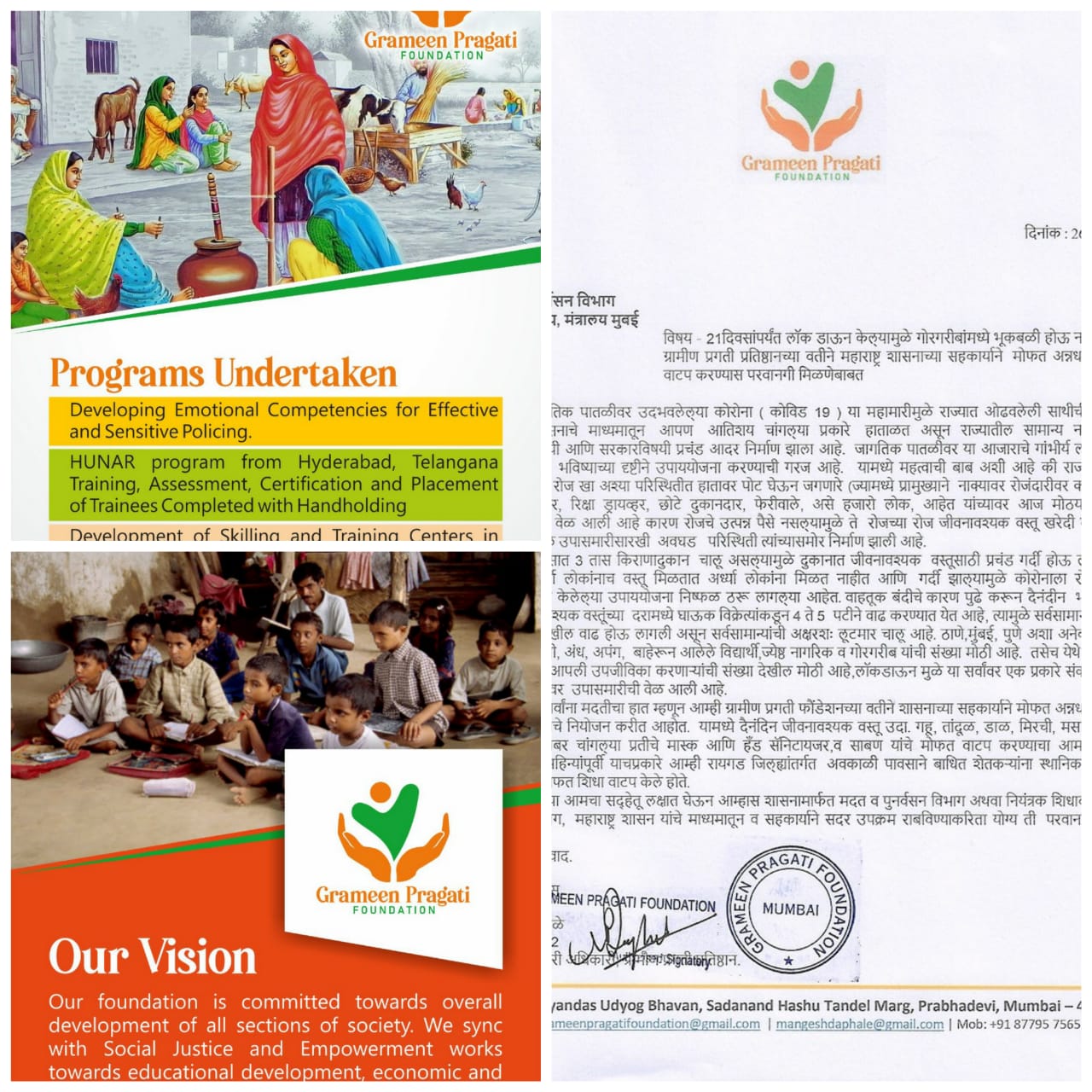The Sustainable Development Goals (SDGs), launched by the United Nations in 2016 with a mission to carry forward the global development agenda till 2030 and beyond, emphasize actions for and involvement of younger generations. Because these groups will see through and can suitably contribute to the envisaged sustainable prospects. This set of 17 interconnected goals with their 169 targets is designed in such a way that youths remain their main stakeholder groups. The fact being young people create the biggest part of the global demography. Now, 43% of the world’s population is of people under the age of twenty-five. And, around 90% of them live in poor and developing countries that are stuffed with threats to sustainable development. This part of population will obviously live longer, that too with the impact of the decisions and actions taken at present. Participating in the development agenda is the “right” of the young generation as they have greater stake in long-term sustainability. Ignoring the issues and role of the youth in the process of dealing with the issues of sustainability can be a risk. Rather, it should be turned into an opportunity by making them serious partners in the Sustainable Development Goals. And, to realize this opportunity youths should be equipped with skills the modern day requires.
Introduction
Putting this in the context of India, it is one of the youngest nations of the world as 54% of its population is below 25 years of age, and more than 62% of its population is in the working age group (15-59 years). The average age of population in India is around 29 years, much lower in comparison to developed countries like the US, Japan and European nations. In next 15 years, the labour force in industrialized countries will decline by 4% whereas in India it will increase by more than 30%. This can be seen as a challenge as a burden as well as an opportunity as “demographic dividend”. In order to avoid that this “demographic dividend” turns a “demographic disaster”, the workforce should be imparted with employable skills and knowledge, as a skilled workforce is vital for socio-economic development. Without exaggeration it can be said that India has the potential to be the skill capital of the globe. For last several decades India is reeling under the crisis of huge skill gap. Disparity between demand and supply of skilled manpower is a major impediment for national economic growth. Every year more than one crore people are joining the country’s workforce whereas less than 25% of them possess relevant skill set needed for jobs across sectors.
According to a survey, 90% of employment opportunities entail vocational skills, but 90% of youths who come out of school or college hold only bookish knowledge. They are qualified, but not rightly skilled for the job. For a growing economy like India this skill deficit does not augur well. The dream of India becoming a 5 trillion dollar economy in near future will not be possible if human capital is not properly taken care of.
On the brighter side, Government of India has commenced several skilling initiatives under its “Skill India” campaign. Flagship schemes like Pradhan Mantri Kaushal Vikas Yojana (PMKVY) and Deen Dayal Upadhyaya Grameen Kaushal Yojana (DDUGKY) are playing a significant part in the skilling efforts. However, the task is gigantic and achievement so far is not so visible. At this juncture a critical re-thinking of the current skilling system and approach is required. Skill development efforts should not be taken in isolation.
Synchronization with other programmes and policies is essential. For example, “Make in India”, another ambitious programme of the Government, can be coordinated with and be boosted by the “Skill India” campaign. Further, several dovetailing and complementary strategies should be considered, though multi-pronged strategies of National Skill Development Corporation (NSDC) cannot be underrated. Inclusiveness and gender balancing must be maintained consciously in the skill building agenda.
Accessibility of marginalized groups to vocational training needs to be ensured. Following the “catch them young” policy it should be encouraged that young men and women join the skilling bandwagon just after completing formal education. Partnership and collaboration may play a vital role in augmenting the skilling efforts. And, involvement of corporate sector with their CSR initiative is the key for complementing and supplementing government’s action.
Centres: Kamareddy, Telangana



